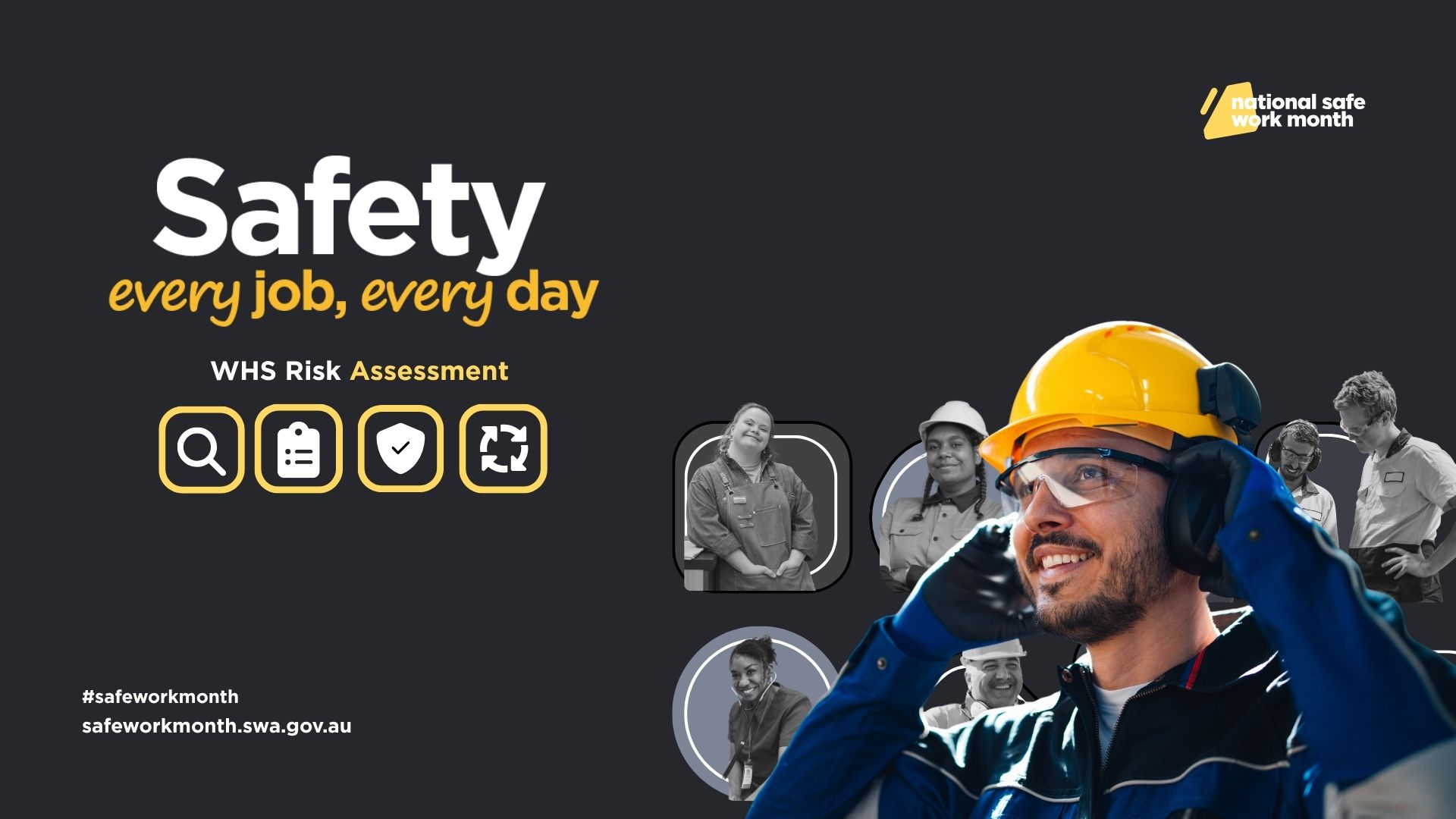Webinar: BErTHA – Four Pillars For Next-Gen WHS Management
The next generation of WHS management, and those working in health and safety, needs to be smart, efficient, and capable of meeting the pillars for modern and future management.|The next generation of WHS management, and those working in health and safety, needs to be smart, efficient, and capable of meeting the pillars for modern and future management.|The next generation of WHS management, and those working in health and safety, needs to be smart, efficient, and capable of meeting the pillars for modern and future management.|The next generation of WHS management, and those working in health and safety, needs to be smart, efficient, and capable of meeting the pillars for modern and future management.

Presented by Jo Kitney (Managing Director, Kitney OHS)
What’s covered?
Traditional WHS/OHS manuals, procedures, forms, and excel spreadsheets are no match for the complexities of current-day business management. This has created demand for WHS/OHS management systems and practices that are simple, smart and integrated, to reduce silos, duplication, and bureaucracy. As we shift from the traditional approaches to health and safety, and look to declutter, improve human organisational performance, and focus on human-centric design, we need all aspects of the business to be ready and willing for the change.
This next generation of WHS management, and those working in health and safety, needs to be smart, efficient, and capable of meeting the pillars for modern and future management.
Kitney’s BErTHA model for next-gen WHS management provides a smart yet simple approach to understanding an organisation’s vision, goals, and outcomes, and using four pillars to enable WHS management, people and culture, innovation, and technology, and assurance and improvement. In this presentation, Jo Kitney provides the background to BErTHA, her origins, how the four pillars work together, and a case study of consultancy work with a client using BErTHA for a gap analysis, strategy, and improvement plan for managing health and safety at work.
Key links:
Introducing BErTHA and ‘next gen’ WHS management
Listen to the audio
Watch the video





